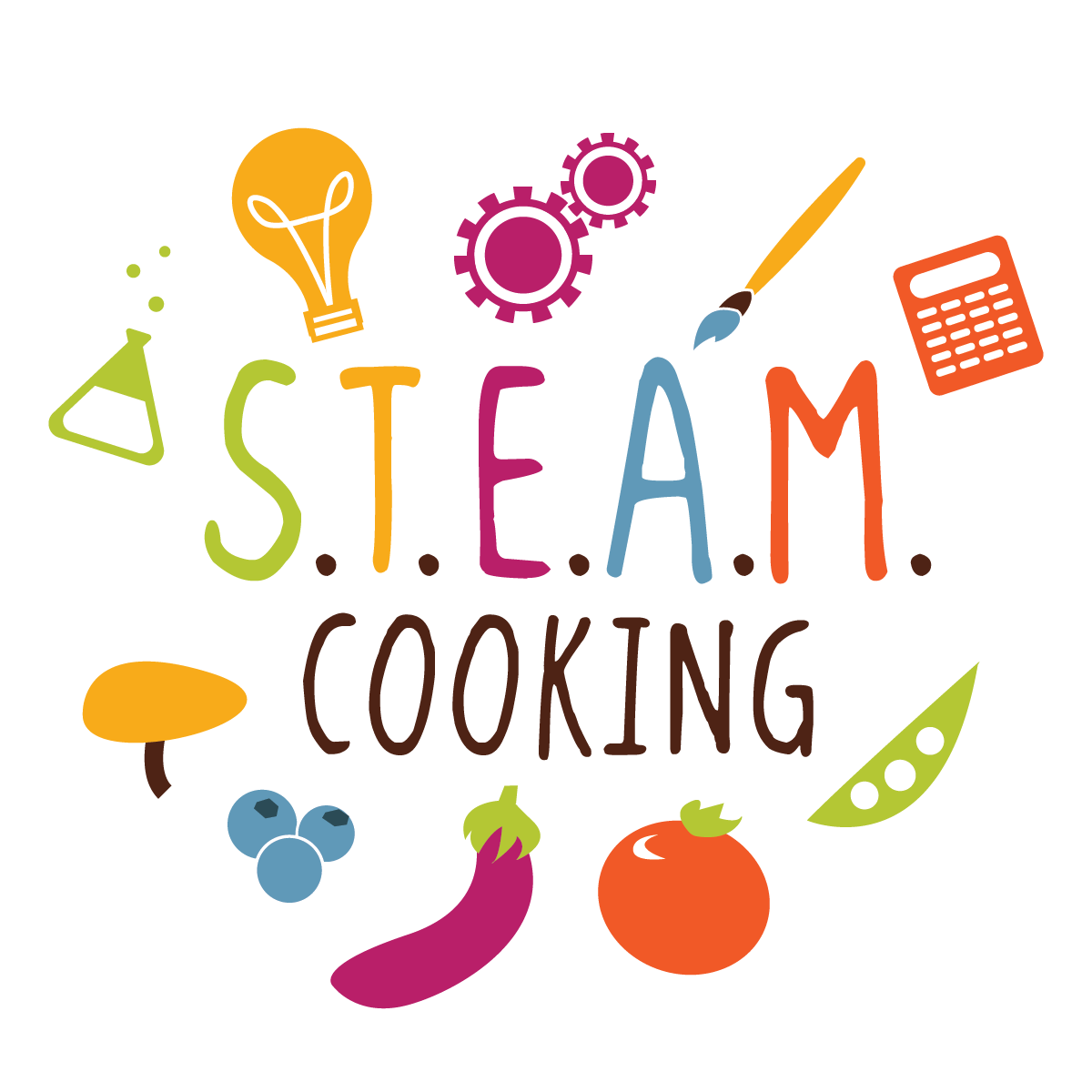SQUARE ROOT vegetables? Sure, math can be is as easy as PI (π)!
Not only are kids far more likely to take interest in what's on their plate if they’ve helped prepare it, but your kitchen is a great place for them to learn important life skills, like focus, persistence, independence, and, naturally, MATH! You’ll have fun doing it (and eating what you make!).

Cook up some PUNNY math + cooking jokes
- What Mexican food is good at math? INCH-aldas.
- Mathematician: πr2(Pi r squared). Baker: No! Pies are round and loves of bread are square!
- Why do carrots hate math? Because it gives them square roots.
- Why is six afraid of seven? Because seven eight nine.
- Do you know why seven eight nine? Because you’re supposed to eat three squared meals a day!
- Why was the math book sad? Because it had so many problems.
2-4 Years
Working in the kitchen lets very young kids practice staying focused on a task. They’ll also have lots of opportunities to absorb foundational math concepts. For example:
- One-to-One Corresponding (i.e., the idea that each object in a group can be counted once and only once) – This concept is essential to learning how to count. To reinforce this idea, layout the ingredients for a recipe, and have your child touch each one as they count it.
- Counting – Ask your child counting questions as you work together. "How many ingredients are in this recipe? How many eggs will we use? How many cookies did we bake and/or eat? Count them!"
- Comparing Quantities – Pose questions about relative sizes: "Which bag is smaller, the flour or the sugar? Which bowl is bigger – this one or that? Which is the biggest cookie?"
See these tips from D.R.E.M.E. on math and cooking with young kids.
5-8 Years
Older kids will develop persistence as they work through the steps of a recipe. And they’ll have lots of opportunities to practice more advanced math skills, such as:
- Measuring and/or Weighing – A huge part of baking is precisely measuring and/or weighing ingredients, and kids tend to learn by doing. Be okay with some spills!
- Working with Fractions – Depending on your child’s age and prior knowledge, they can try doubling or halving a recipe. (For younger kids, check out this TikTok!)
Ages 9+
Tweens and teens tend to want more independence in the kitchen. Go ahead and give it to them. Along with … authentic opportunities to use MORE MATH!
- Practicing Conversions – challenge them to convert an international recipe (one that uses the metric system) from metric to U.S. measurements – this applies to weights/measurements as well as temperature.
- Try our own Acute Mini Cinnamon Roll recipe or this ginger biscuit recipe to get the ball rolling.
Know someone who’d like to try a Sticky Fingers Class for FREE? Send ‘em here!
Follow us on Social Media!


































